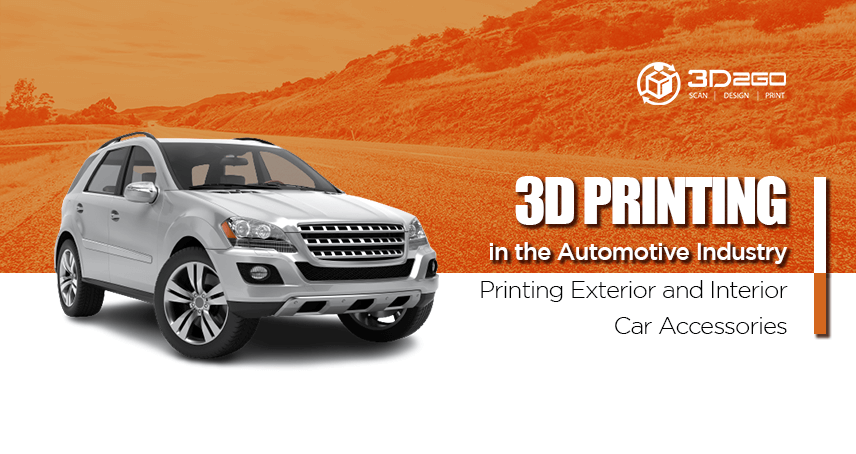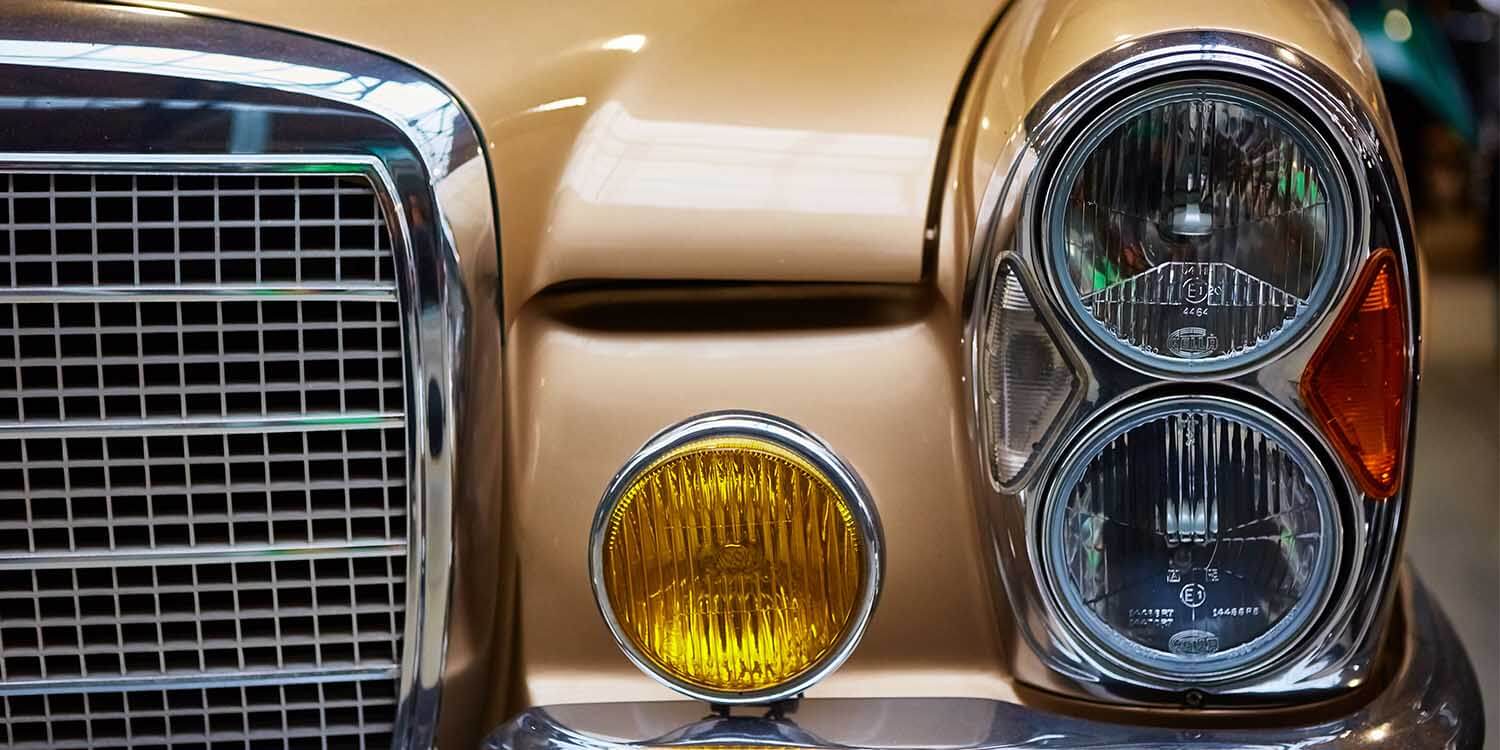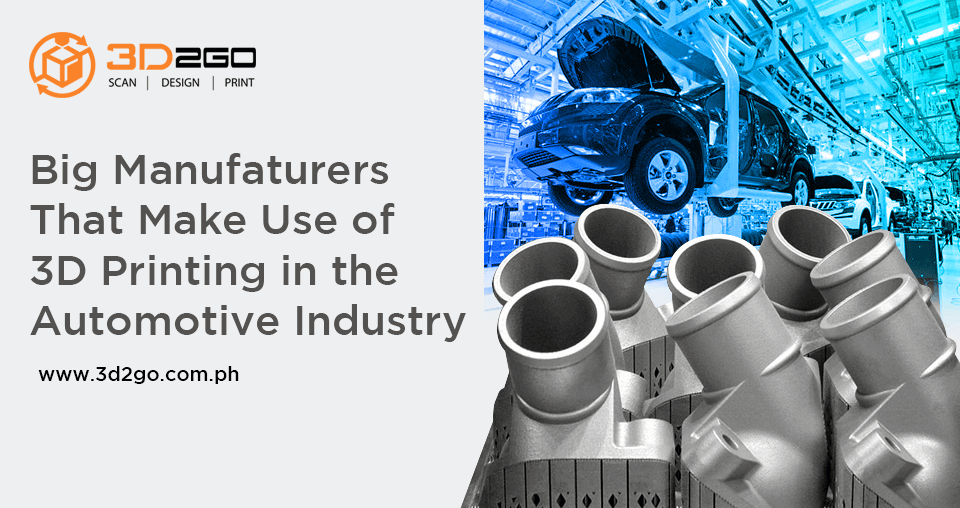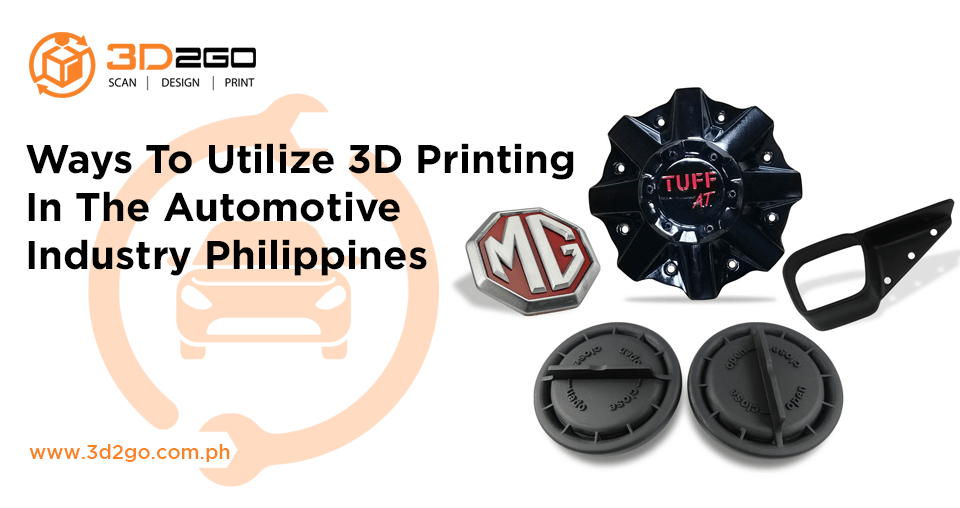
The Importance Of 3D Architectural Infrastructure Models To Government Projects
June 24, 2022The Basic Ways Of How 3D Printing Works
June 25, 2022
3D Printing in the Automotive Industry for Interior and Exterior Car Parts
3D printing in the automotive industry has opened a lot of possibilities in terms of functionality and design.
At this point, it’s no secret that 3D printing is changing design by making many previously unattainable concepts a reality. With the availability of such technology, designers are developing more and more concepts to create more trends, and, in turn, more demand.
While it seems like an over-the-top concept, 3D printing for cars and its accessories is significantly beneficial to both designers and users, especially in terms of sizing, style and performance enhancement.
3D Printing and Customizing Car Parts and Accessories
3D printing is the process of printing a physical, three-dimensional object in accurate size and features.
3D printing makes use of a specialized printer specifically made for this purpose, built to print solid objects and parts, contrary to the two-dimensional prints on paper made through regular printing.
Before the technology for 3D printing had been available – let alone existing – design and concepts are only limited to what material and time frame are available at a given notice.
Due to this, design and manufacturing can only accomplish so many concepts that are not too ornate to produce. Limited to what is feasible in both technology and material, designs have often been conventional and often minimalistic.
Aside from developments in design, 3D printing has also made bespoke car parts and accessories more convenient, and in some cases, possible.
Bespoke car parts are almost often a hit or a miss, and due to the vehicle’s enormous responsibility in terms of safety, custom car parts need to be as accurate and as well-fitting as possible to ensure a safe and smooth use.
How Do You 3D Print Car Parts and Accessories?
3D printing, with the right equipment, materials and model, is a much more convenient process than it seems.
Like regular printing, 3D printing follows the same base, linear process – input of the design, printing process and output – just with a different type of printer and capability, with a few more steps added due to its more developed technology.
The process of 3D printing car parts follows the same process, which are usually as follows:
-
Evaluate the type of 3D printer and printing materials to be used.
3D printers come in many different types, and there are certain factors that figure in choosing the right printer for your concept.
For car parts and accessories, which are mostly made out of durable material, printers such as FDM technology and SLA/DLP technology are well-suited for printing car parts and accessories.
The material to be used in 3D printing parts and modifications also differs, depending on the function.
Nylon is a highly durable and flexible material best for buckles, gears and prototypes; PLA filament is a biodegradable material best suited for covers and brushes; ABS can withstand high temperatures and stress, which is suitable for temperature sensitive parts; and polycarbonate’s strength and toughness can be best used in mechanical parts and the like.
2. Determine the correct measurements in the design.
It’s important to always remember that 3D printing prints the actual size in real time.
In 3D printing car parts and accessories, it’s also essential to keep in mind that in vehicles – cars, motorcycles and the like – safety is always a priority concern, as they are used for transportation.
To ensure a satisfactory product, make sure to always double check the draft/digital model before the printing process begins.
Check the dimensions and features for accuracy in size, appearance and function, especially for parts that are dynamic and play a big role in the performance and mobility of the vehicle.
Remember, vehicles carry the huge responsibility of safe travel, so make sure all parts and accessories made are in mint condition before the vehicle is cleared for driving.
3. Acquire the Draft/Model
For a 3D printer to successfully produce a solid, accurate object, the design must be compatible with computer-aided design (CAD) so that the 3D printer can recognize (and print) the desired 3D scale model.
3D printers print from digital models, so it will help if designs are to be drafted this way, or in some cases, acquired from 3D scanning.
3D scanning, on the other hand, is the process of capturing an image through camera and light projection, in order to create an accurate digital model complete with valid, accurate measurements and dimensions.
Usually, 3D scanning and 3D printing go hand-in-hand, with the former serving as a reference point for output from the latter.
While most custom car parts and accessories are drafted through CAD, others who would like to recover or redesign concepts from the past came to make use of 3D scanning to accurately update/reproduce parts that have been long discontinued.
4. Trim and Assemble
While 3D printing aims to produce design concepts in actual size, this may vary with the equipment and materials available.
In some cases, a sizable part is printed into smaller, separate parts to be assembled once complete.
3D printing in automotive is all about assembling smaller parts into a whole, which is why most of the objects printed are fabricated parts and modifications custom fit to the vehicle.
While some parts are smaller in size and could be printed in one setting, others may need to be printed differently, with care.
In any case there’s a need to print a big object into smaller parts to be assembled later on, it’s essential to always make sure to carefully trim each part neatly off the material, in accordance to the accurate size and dimension indicated in the initial digital model.
Be sure that all parts are trimmed and fashioned accordingly – with all the rough areas filed, all stray material cut off neatly – to make sure each part is safe to handle and assemble.
Modifications Made Easy
Through 3D printing, automotive design and modifications are more convenient and in-depth now more than ever.
With such technology available, designs and concepts for car parts and accessories, be it for performance or for style, are almost limitless due to the opportunities provided by 3D printing, 3D scanning and computer-aided design.
And since vintage and revival designs are all the rage as of late, recreating and reproducing vintage parts and accessories have been made possible (and a lot easier) through 3D scanning and 3D printing.
As 3D technology continues to innovate and provide more channels for creating and realizing ideas, so does 3D printing design and development, which, hand-in-hand, creates more opportunities for designers and consumers alike.
3D2GO Provides 3D Printing for the Automotive Industry
Create one-of-a-kind concept modifications for your car and your customers with 3D2GO.
3D2GO is one of the pioneer 3D services providers in the Philippines.
We are a full-service provider of 3D printing – for car parts, accessories, and more – 3D scanning, 3D modelling, and 3D reverse engineering in the country, catering to businesses, entrepreneurs, students, hobbyists – anyone with a passion for creating.
Send us your design so we can show you all the ways we can make it come to life. Contact us now here.







